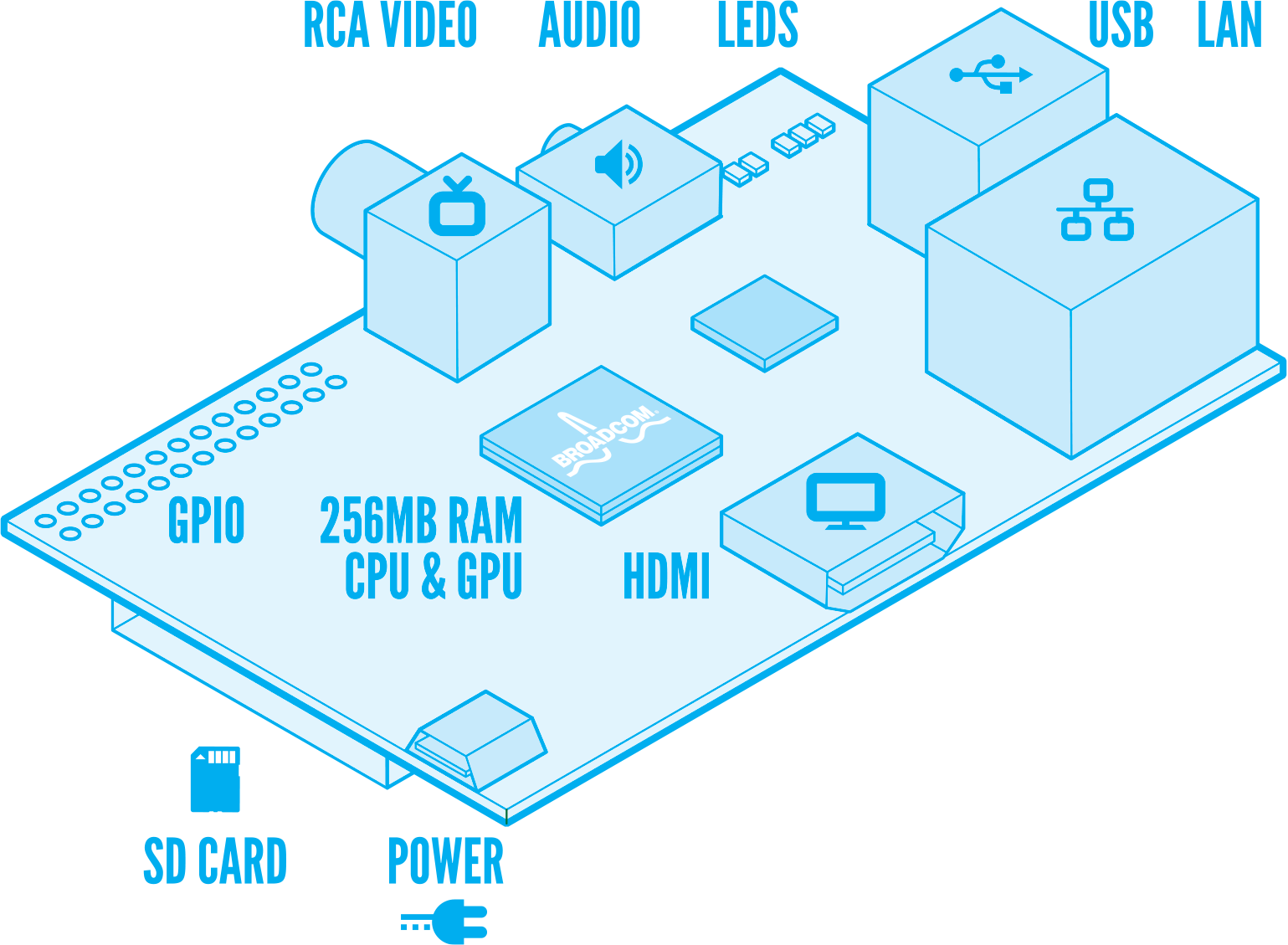You want to start programming but don't have quite the capacity or desire to spend much on it. Here is the solution,you can build your own Raspberry PI based PC. With the availability of cheap computers as low as $25 you can reduce the cost to a figure that wouldn't have been possible even 5 years before.
Here is what you will need:
- A Raspberry pi ($25)
- A prepared SD card($9)at ebay
- A 22 inch Samsung LCD($50) at ebay
- Logitech keyboard mouse bundle($25) at ebay
- Micro USB power supply, capable of providing at least 700mA at 5V
- Ethernet LAN cable
Now,let me explain, A Raspberry pi is an ultra cheap computer with very basic but sufficient hardware which will cost you just $25. You will need to connect other parts on your own. It is so small in size that when you will receive the shipment you won't believe it could actually be a computer.
Moving on, right now we have Linux as OS, which has to be prepared in SD cards.
You can download and prepare your SD cards using the information is this link: SD Cards As recommended you should start with Raspbian "wheezy". It is based on Debian and it will not give you any trouble setting it up , also it includes Python, gcc, and a range of example applications.
Digital Audio is available via HDMI adapter .Analog stereo audio can be obtained via a 3.5 mm jack.
In order to boot it you need to connect the monitor, mouse and keyboard, insert the SD card containing the OS you prepared and power it on. If you insert a Ethernet cable it will attempt to acquire a DHCP lease at startup. You should note your login and password details from the Downloads page.One logged in, if you want to switch to gui, just type in "startx" .
This setup is definitely worth a try, nothing fancy should be expected, but it does what is promises very well i.e a cheap computer under $150 that can get you or your toddlers get started with the amazing world of programming.
Disadvantages : Still no support for flash, You will need to use Raspbmc or OpenELEC on an SD card if u want to watch YouTube Videos.
P.S The prices are quoted keeping in mind that the reader wants to spend bare minimum, it can vary little bit depending on a person's taste.Image courtesy: Raspberry Pi website.
